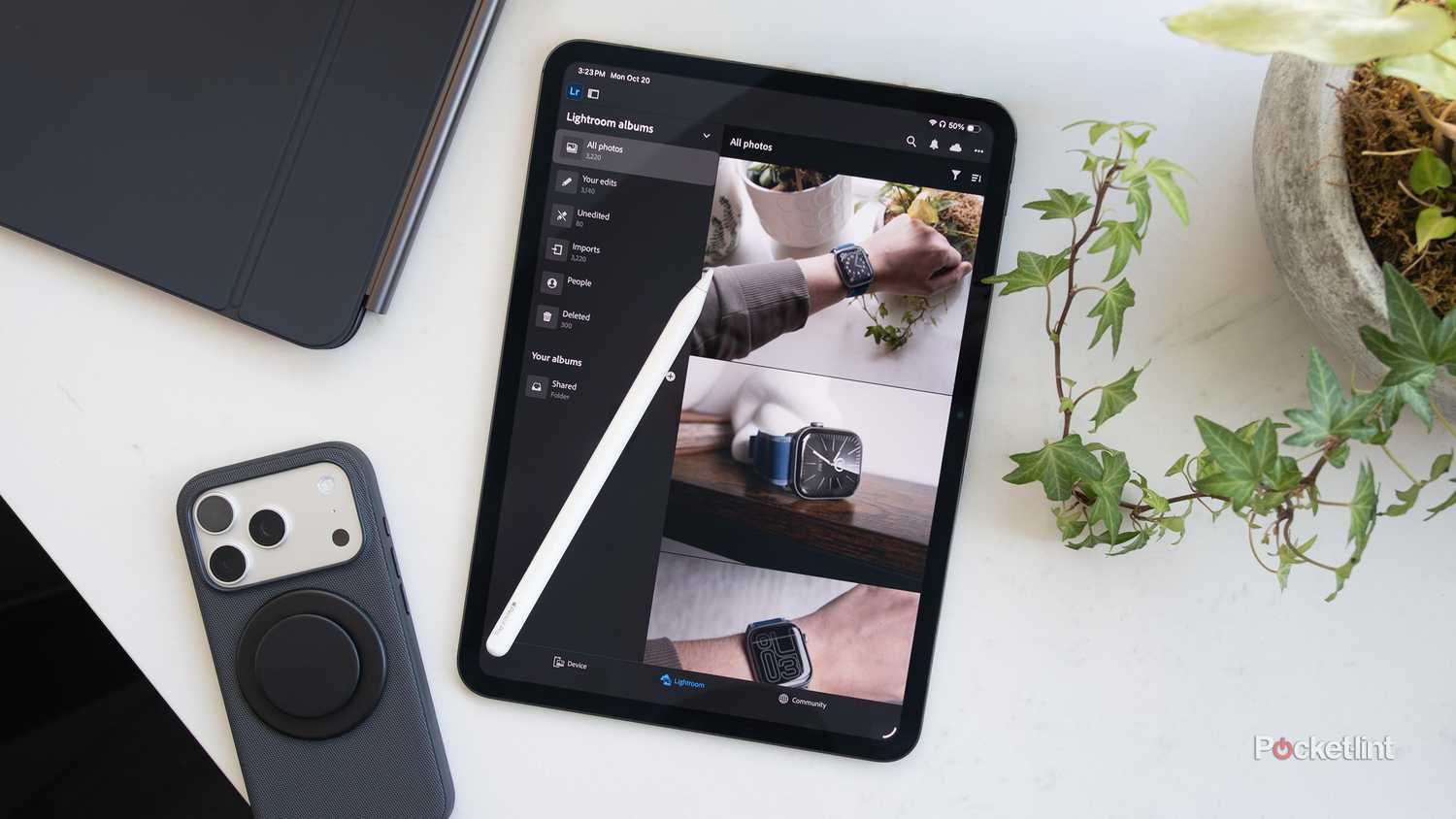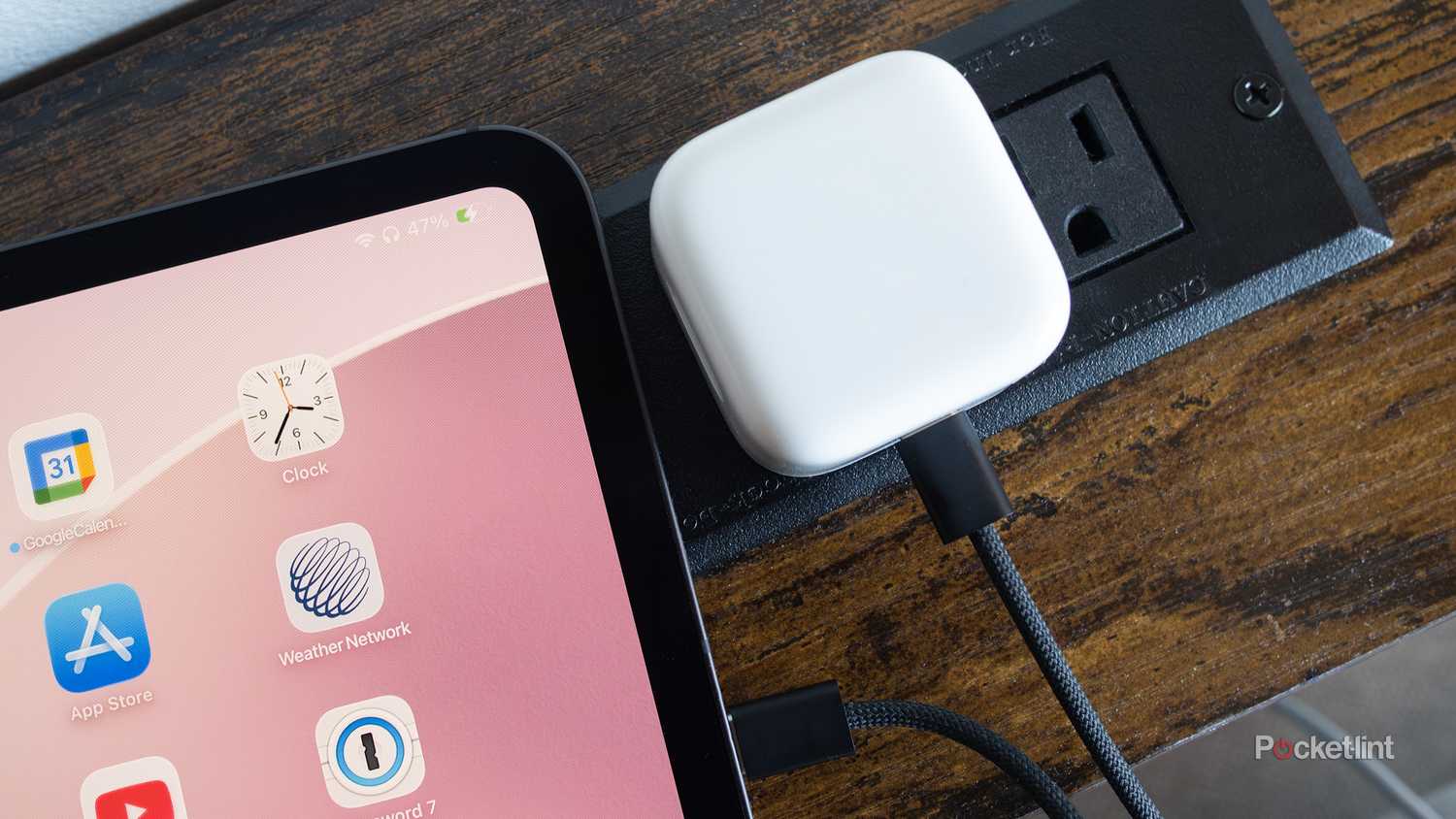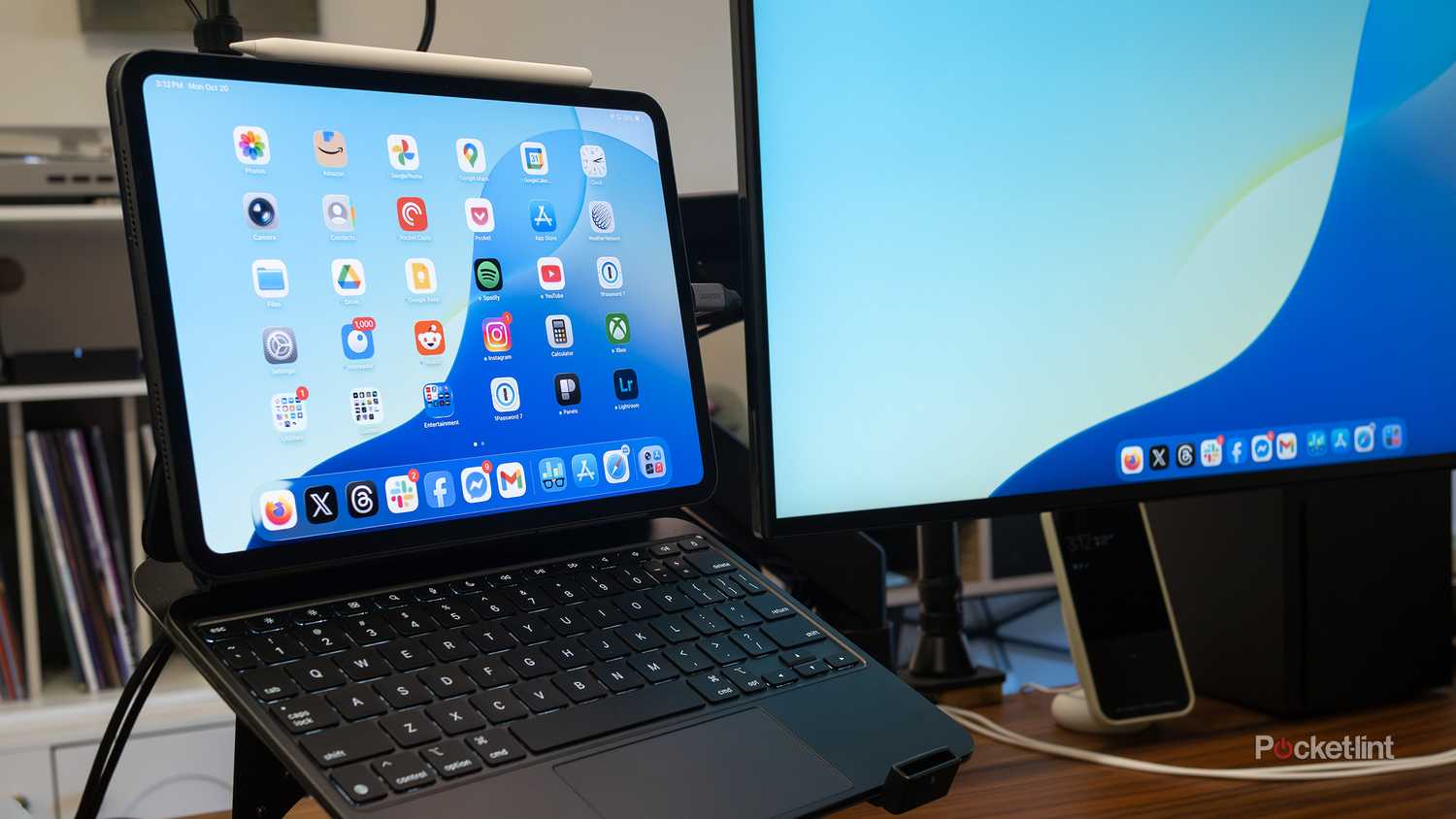While it might seem like the M4 iPad Pro is nearly identical to the M5 iPad Pro, there’s more to Apple’s latest high-end tablet than you might expect. To be clear, though, there aren’t any visual design changes, and the 11-inch version continues to measure just 0.21-inches (5.3mm). Thankfully, even a year later, this design feels incredibly futuristic, thanks to its barely there bezels and super thin look.
Most of the hardware upgrades won’t push M4 iPad Pro users to upgrade to the M5, but this isn’t anything new — yearly refreshes are rarely worthwhile when it comes to Apple’s iPad (or most products for that matter), but there could be enough here to convince M1 or M2 iPad Pro owners to pull the trigger, including upgrades like more RAM, faster storage, Wi-Fi 7, better cellular battery life, and more.
Ahead of the high-end tablet’s October 22nd release, let’s dive in and take a look at several of the 11-inch and 13-inch M5 iPad Pro’s lesser-known new features (and one obvious spec bump you’re definitely already aware of).
- Brand
- Apple
- Storage
- 256GB, 512GB, 1TB, 2TB
- CPU
- M5
- Memory
- 12GB
The powerful new M5 chip is here
The M4 was already a beast, and the M5 kicks things up a notch
The obvious main iPad Pro upgrade is Apple’s M5 chip. Apple touts that the new processor’s most significant gains come on the GPU side (check out my benchmark tests below). The processor also now features Neural Accelerators, just like the iPhone 17 line’s A19 chip. This means that if you do a lot of GPU-based AI work, you’ll get 4x the top-tier performance compared to last year’s M4 chip.
The M5’s CPU also gets a bump, but only a 15% gain over the M4 chip. It’s worth noting that not every iPad Pro comes with the same M5 processor specs, and CPU/GPU core numbers are directly tied to the tablet’s storage capacity.
Check out the chart below for a full breakdown:
- 256GB storage: M5 with 9-core CPU, 10-core GPU
- 512GB storage: M5 with 9-core CPU, 10-core GPU
- 1TB storage: M5 with 10-core CPU, 10-core GPU
- 2TB storage: M5 with 10-core CPU, 10-core GPU
This means that if you want the best version of the iPad Pro’s M5, you’ll need to shell out $1,600 for the 1TB storage configuration.
If you care about benchmarks, the 1TB/16GB 10-core CPU/10-core GPU 11-inch M5 iPad Pro I’ve been using for the past few days hits 4,122 for single-core and 16,286 for multi-core on Geekbench 6, compared to the M4’s 3,658 and 14,514, respectively, marking a marginal improvement. On the other hand, the GPU lands at 74,882, compared to the M4’s 55,536.
Whether you’ll take full advantage of the M5’s more powerful hardware depends on your plans for the iPad Pro.
I’ve spent the last few days with the 11-inch M5 iPad Pro, and my experience with the tablet has been very smooth, which is consistent with pretty much every iPad Pro I’ve ever used, dating all the way back to 2015’s first generation version, long before the M series chip made its way to the tablet.
For me, its power is definitely overkill. I do a lot of photo editing in Lightroom CC (the Apple Pencil Pro is great for this), some image editing in Photoshop CC, and play the occasional big-budget console port like Assassin’s Creed Mirage or Death Stranding.
The RAM is better and faster
Like with the M5, make sure you pick the right storage option
While the 11-inch and 13-inch M5 iPad Pro feature notable RAM upgrades, not all models are built equally. First off, the 256GB and 512GB storage versions come with 12GB of RAM (this is 50% more than the M4’s 8GB with the same storage options, which is a welcome upgrade). On the other hand, the 1TB and 2TB storage versions include 16GB of RAM — the same as the same storage options the M4 iPad Pro offered.
However, every M5 iPad Pro features faster unified memory bandwidth (150GB/s), alongside 2x faster overall read and write speeds. This should help with multitasking, AI processing, and high-end more resource-intensive games. In practice, I haven’t noticed a performance difference, but to be fair, I’ve only spent a few days with the M5 iPad Pro so far. If you multi-task a lot or transfer large files to and from your iPad Pro, you’ll definitely appreciate these upgrades.
Fast charging finally comes to Apple’s high-end iPad
The M4 and earlier don’t offer fast-charging support
According to Apple, the M5 iPad Pro allows users to charge up to 50 percent in 35 minutes with the 40W Dynamic Power Adapter with 60W Max, or with a USB-C power brick capable of 60W and above. In comparison, the M4 iPad Pro maxes out its charging speed at between 30-35W.
Is fast-charging an absolute game-changer? Not really, but it’s a welcome upgrade that offers peace-of-mind, and I’m surprised the feature hasn’t made its way to the iPad Pro already. Apple’s new Dynamic Power Adapter costs $40 and unlocks these faster charging speeds (it also works with the iPhone 17 series, too). If I need to grab my iPad Pro to take with me somewhere, but its battery needs a top-up, I now know that it’ll charge way faster as long as I’m using a power brick with the right wattage.
Better battery life comes to the iPad Pro if you’re a cellular user
The new tablet also features Apple’s N1 wireless chip
Thanks to Apple’s new C1X modem — which first appeared in the iPhone 16e a few months ago — the M5 iPad Pro offers better battery life over a cellular connection. According to Apple, the C1X consumes 30% less power when compared to the M4 iPad Pro. Since I don’t use cellular with the iPad (I prefer to just use my iPhone 17 Pro when I need data on the go (tethering is incredibly useful)), I haven’t tested this claim myself yet.
Apple also says that the N1 chip allows for faster AirDrop and more reliable Personal Hotspot connection performance.
Along with the C1X, the M5 iPad Pro also features Apple’s N1 chip, which means it supports Bluetooth 6 (an improvement over the M4 iPad Pro’s Bluetooth 5.3) and Wi-Fi 7 (up from Wi-Fi 6E). Of course, you’ll need a Wi-fi 7 router to take advantage of the new Wi-Fi protocol, but if you don’t have one yet, at least this upgrade futureproofs the tablet. Apple also says that the N1 chip allows for faster AirDrop and more reliable Personal Hotspot connection performance, which is definitely a bonus given how frustrating connecting to my iPhone 17 Pro’s data hotspot can be with some Apple devices (like my M3 Max MacBook Pro, for example).
You can get 120Hz when connected to an external display
Does this mean an upgraded Studio Display is on the way?
If you own a 120Hz monitor, you can now connect the M5 iPad Pro to that display and get a 120Hz refresh rate with adaptive sync. This means that your mouse pointer won’t be choppy when you slide between the new iPad Pro’s 120Hz ProMotion screen and an external monitor. It’s unlikely I’ll use this feature often, as the iPad Pro is typically my go-to on-the-go device, but I can see it being useful for those that dock the tablet frequently (I’ve thought about doing this to play some games).
I also wonder if this hints that a new Studio Display is on the horizon. While the pricey monitor is fine, one of its most significant shortcomings is its lack of support for higher refresh rates. While nothing has been confirmed, 120Hz external display support coming to the M5 iPad Pro hints that a Studio Display refresh might be on the horizon.
Trending Products

Wireless Keyboard and Mouse Combo, ...

Lenovo New 15.6″ Laptop, Inte...

Dell Inspiron 15 3520 15.6″ F...

Acer Nitro KG241Y Sbiip 23.8” Ful...

Wireless Keyboard and Mouse Combo, ...

Zalman i3 NEO ATX Mid Tower Gaming ...

GAMDIAS ATX Mid Tower Gaming Comput...

Sceptre Curved 24-inch Gaming Monit...

Acer SH242Y Ebmihx 23.8″ FHD ...











